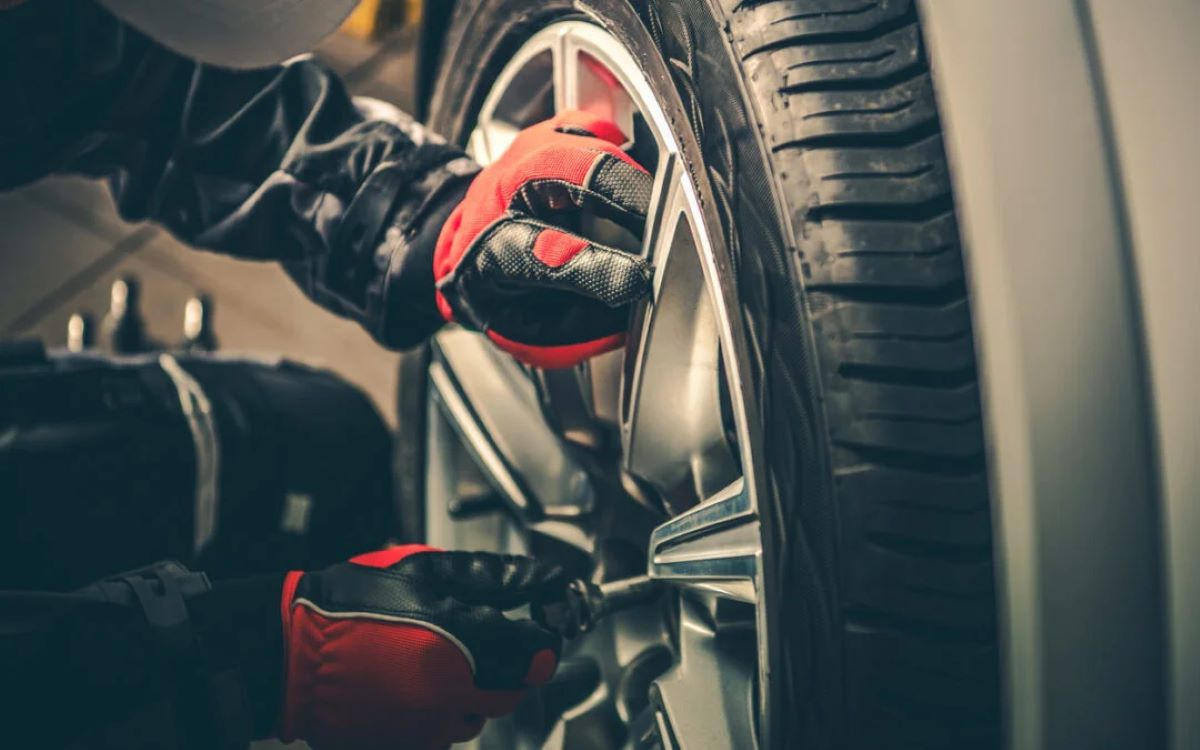It’s often said that the only certainties in life are death and taxes. For car owners, you can add oil changes, brake pad replacements, and tire changes to that list.
Among these, tires are the most critical safety feature on your vehicle because they are the only parts that directly contact the road or ground.
Given their importance, it’s essential to ensure your car is always equipped with tires that are up to the task.
Statistics suggest that approximately 10% of cars on U.S. roads today have at least one tire that needs replacing. Are you confident your vehicle isn’t part of that group? Here’s how to identify whether your tires need replacement.
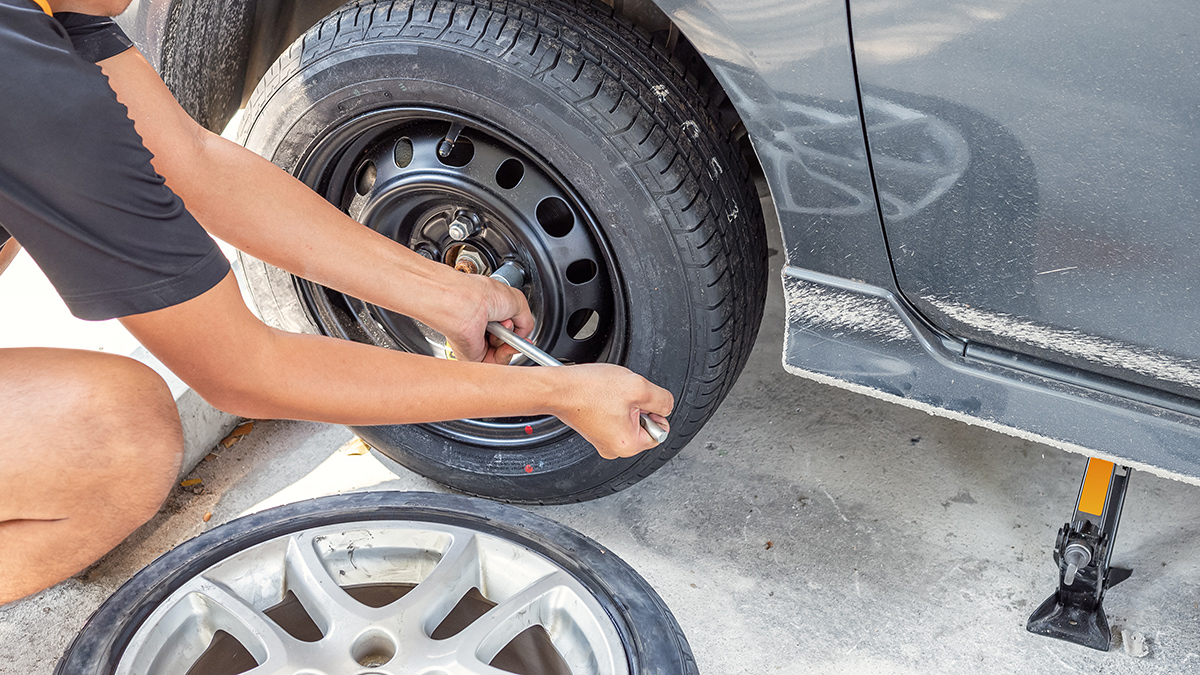
Warning Signs You Need New Tires
They Simply Don’t Grip
Even new tires can feel slippery under certain conditions, such as using summer tires in winter. Tire performance must inspire confidence while driving.
If your current tires don’t provide sufficient grip to make you feel safe, it’s time to replace them, even if they’re brand new.
An Ill-Placed Puncture
While most punctures in the tread area can be repaired using a combination plug-patch (the only method approved by the Tire Industry Association), punctures in the shoulder or sidewall cannot be safely repaired.
Additionally, punctures larger than ¼ inch in diameter or those that overlap other patches are beyond repair. A puncture in such areas necessitates a tire replacement.
The Tread is Worn Down
Tread depth is the most common indicator of when to replace your tires. Your car’s tires should always have at least 2/32 of an inch of tread depth across the tire surface—more is preferable.
This measurement is checked using the wear bars, small raised sections between the tread blocks.
Measure tread depth across the width and circumference of each tire. If any area measures 2/32 or below, it’s time for a replacement.
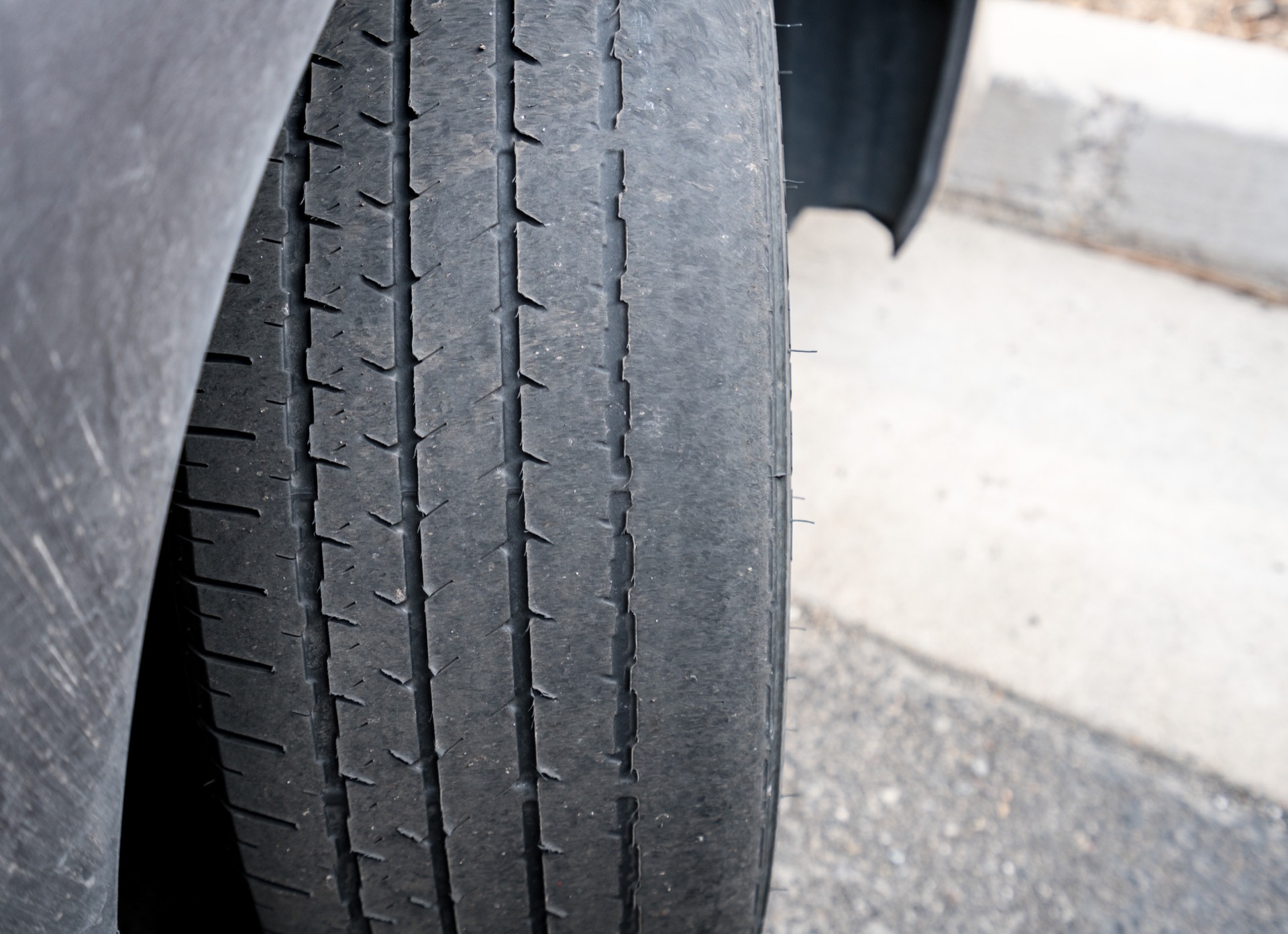
Uneven Tread Wear
Mechanical problems like misaligned wheels, worn suspension parts, or loose steering components can unevenly wear your tires.
For example, alignment issues might cause one shoulder to wear more than the center tread, or you might notice “feathering,” where tread blocks wear unevenly.
Incorrect tire pressure can also cause uneven wear, with overinflation wearing the center tread and underinflation affecting the shoulders.
Bulges or Cuts
While small nicks and scratches in the rubber are usually harmless, bulges or deep cuts are not. Bulges often result from curb impacts or severe potholes, causing air to get trapped between tire layers.
Cuts from debris or vandalism that penetrate deeper than the outer layer render a tire unsafe for use and require immediate replacement.
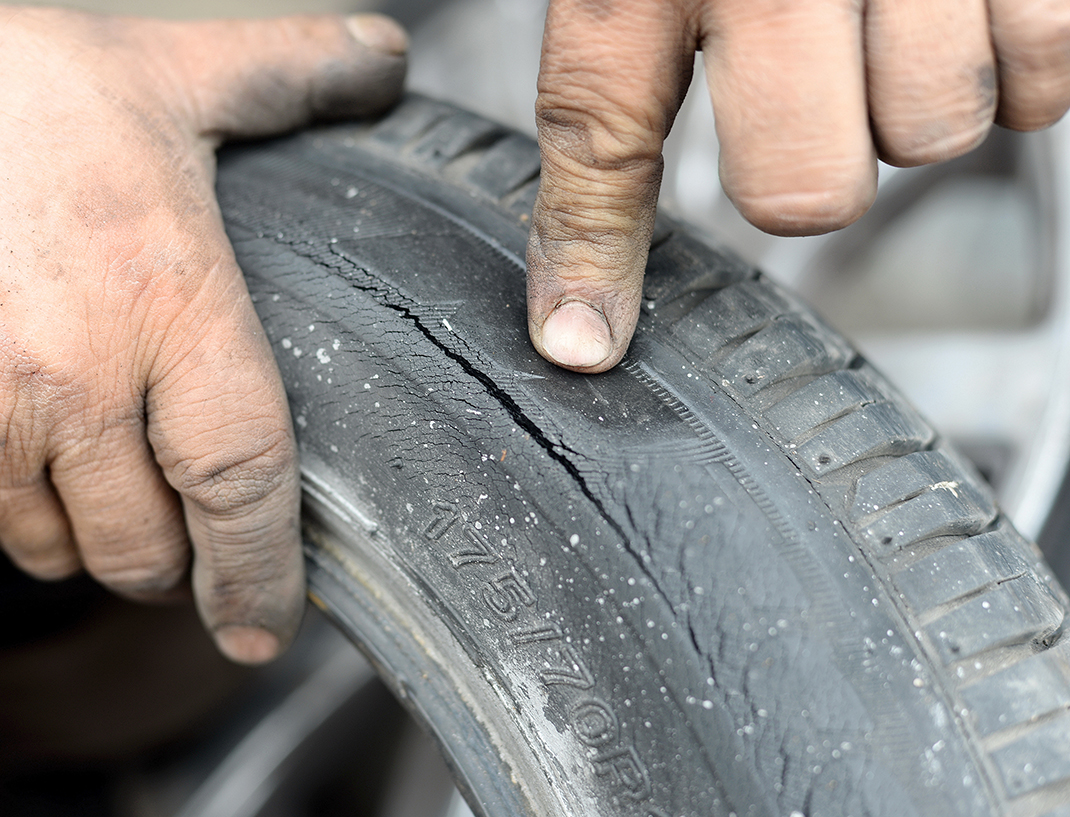
Cracks Between Tread Blocks
As tires age, their rubber compounds dry out, causing cracks, known as dry rot, to form between tread blocks, on the sidewalls, or along the shoulders.
These cracks widen over time, and when they become deep enough to allow you to peel rubber off or insert a pen tip, it’s time to replace the tire.
Steel or Fabric Cords are Showing
The internal structure of a tire includes materials like Kevlar, cotton, synthetic fabrics, and steel cords, which maintain its shape and provide strength.
If these components become visible, it means the tire has deteriorated to a dangerous level. Driving on such a tire is unsafe and indicates previous warning signs were ignored.
They’re Expired
Tires have a lifespan of about six years from their manufacture date. This date is coded on the tire’s sidewall as a four-digit number—the first two digits indicate the week, and the last two represent the year of manufacture.
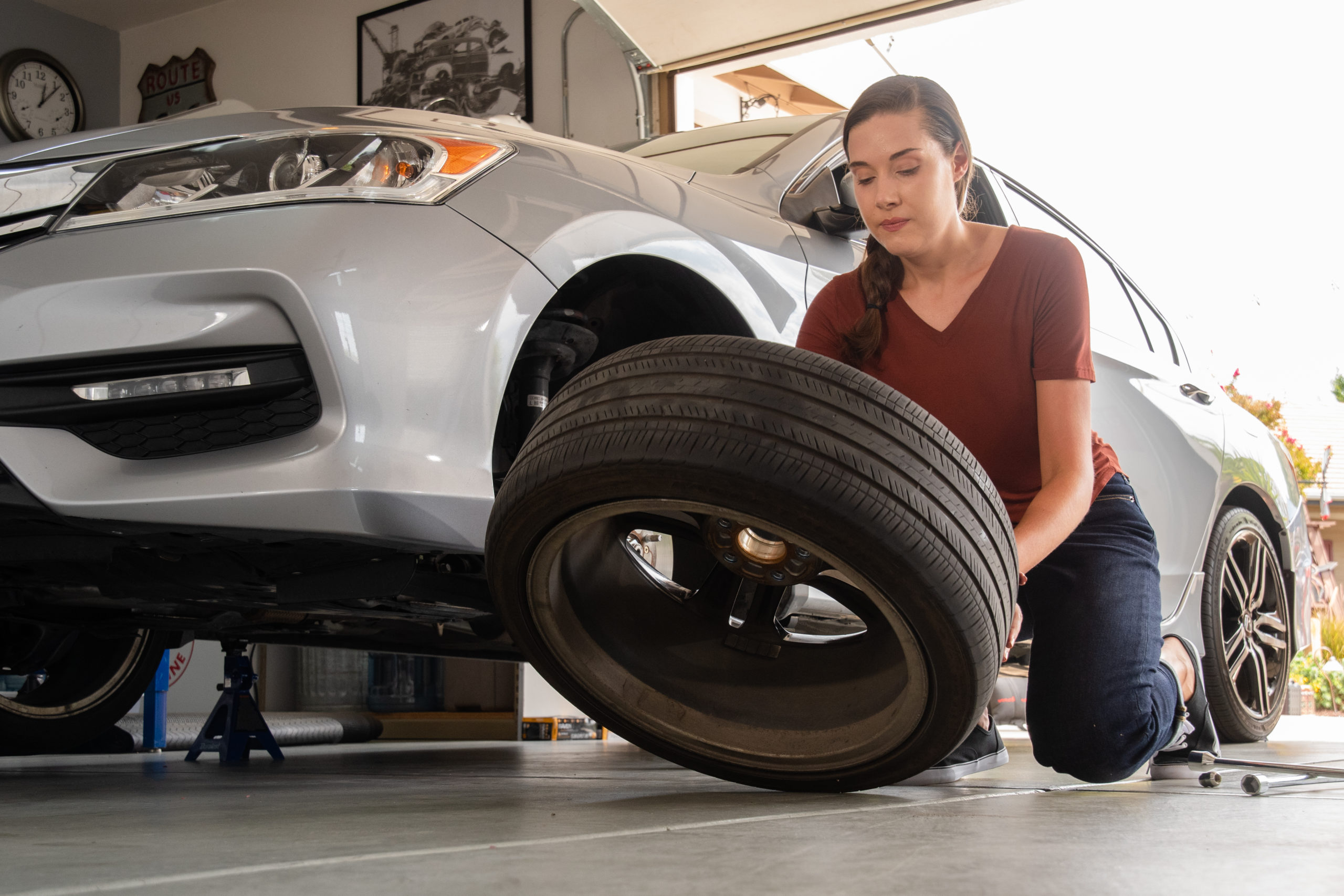
For instance, “2719” means the tire was made in the 27th week of 2019. Tires older than six years should be closely monitored, and those over 10 years old are considered too risky for use.
Many tire shops won’t even repair or mount tires that exceed this age limit.
How to Know If Your Tires Are Still Good
If your tires don’t exhibit any of the warning signs listed above, perform a final test using a penny. Insert the penny between the tread blocks with Lincoln’s head facing down toward the tire.
If you can see the top of Lincoln’s head, the tread is too shallow, and the tire needs replacing. However, if the tread covers the top of his head, the tire still has at least 2/32 of an inch of tread remaining.

